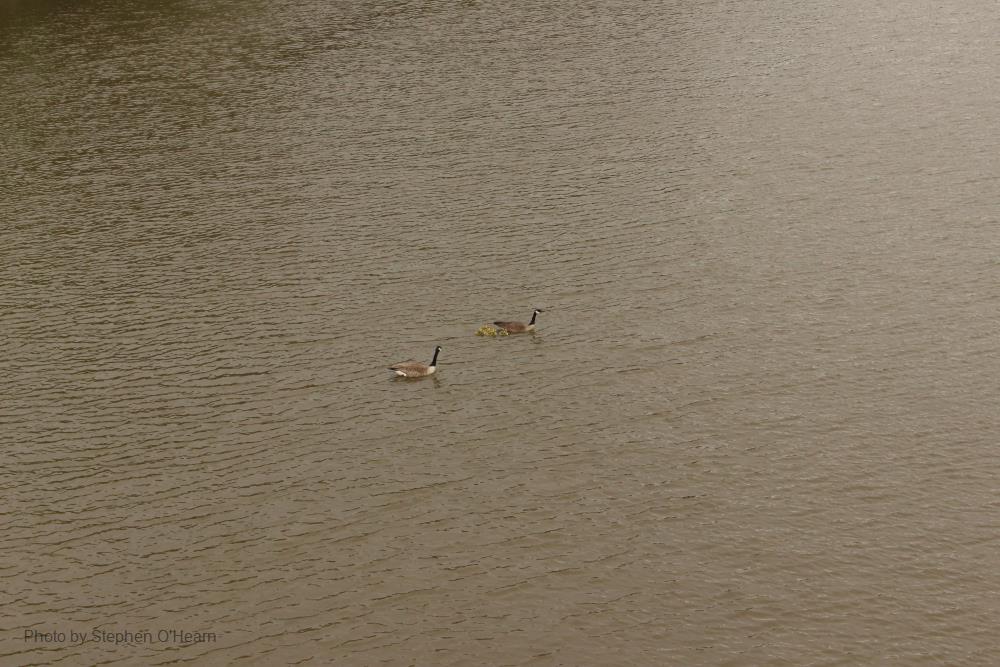
Related items loading ...
Section 1: Publication
Publication Type
Journal Article
Authorship
Jackson, S., Anderson, E.P., Piland, N.C., Carriere, S., Java, L., and Jardine, T.D.
Title
River rhythmicity: A conceptual means of understanding and leveraging the relational values of rivers
Year
2022
Publication Outlet
People and Nature
DOI
ISBN
ISSN
Citation
Jackson, S., Anderson, E.P., Piland, N.C., Carriere, S., Java, L., and Jardine, T.D. (2022). River rhythmicity: A conceptual means of understanding and leveraging the relational values of rivers. People and Nature.
Abstract
1 - River rhythmicity refers to the periodic, recurrent phenomena of a riverscape that are synchronized with the rise and fall of river water, creating regimes of river time. River rhythmicity can serve as a lens into the temporal dimension of river formation and socio-ecological dynamics that are of great interest to many disciplines.
2 -In this paper, we introduce river rhythmicity as a conceptual and analytical framework to unify riparian human communities, academic disciplines and water agencies in approaching research and management of rivers. We also explore how the disruptions to riverine rhythms that are experienced by river-dwelling communities, and are often visible in river discharge data through time, reconfigure, hinder or sever relationships between people and rivers.
3 -To ground our discussion in practical, lived experience, we provide brief descriptions of regimes of river time to demonstrate how rhythmic patterns established with rivers in north-central Canada and Amazonian Colombia shape the lives of two of our co-authors. By prioritizing holistic accounts of river rhythms, we can elucidate a fuller range of phenomena and their dynamic interactions, revealing riverscape features that are highly valued by local communities yet not often visible to any one discipline.
4 - Rhythmicity provides a conceptual framework to help address several challenges facing river conservation and water allocation dilemmas. By emphasizing relationality, it serves to (a) move beyond a biophysical framing of human-nature connectedness by demonstrating that dynamic processes and relationships are constitutive of rivers, not derivative of them; (b) enhance understanding of how the temporal dimensions of riverine relationships and river dwelling are experienced; (c) highlight the socio-cultural consequences of changes to river time and (d) centre socially embedded relationships with rivers forged from generations of observations of care and reciprocity.
Plain Language Summary
Section 2: Additional Information
Program Affiliations
Project Affiliations
Submitters
Publication Stage
Published
Theme
Presentation Format
Additional Information
IMPC, Refereed Publications


 GWFNet
GWFNet Master
Master Data
Data Research
Research Map
Map
 Advanced
Advanced Tools
Tools
 . . .
. . .
 Metadata Editor
Metadata Editor
 Record List
Record List
 Alias List Editor
Alias List Editor
 Legacy sites
Legacy sites